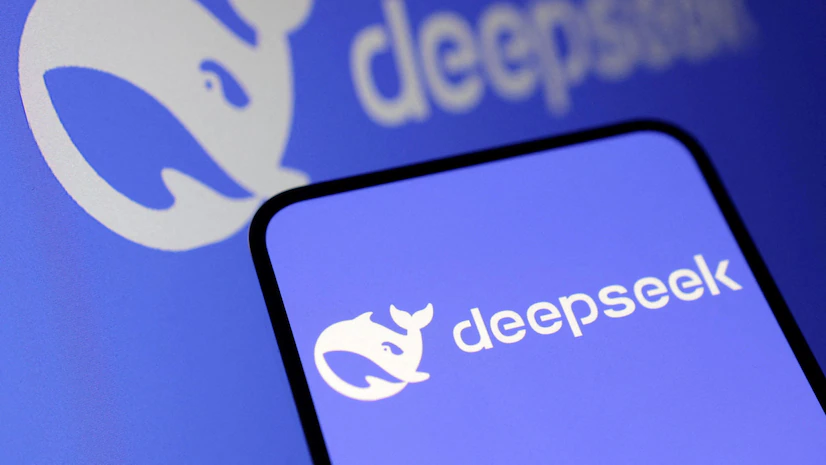
- Muhammed Afnan
OpenAI has recently unveiled “Deep Research“, an advanced AI tool designed to generate comprehensive, analyst-grade reports by autonomously conducting in-depth internet research. This innovation aims to streamline the research process across various sectors, offering detailed analyses with structured citations.
What is OpenAI’s Deep Research?
In an era where information overload is a constant challenge, efficiently gathering and analyzing data is critical. OpenAI has introduced Deep Research, a powerful AI tool designed to generate in-depth, analyst-grade reports by autonomously conducting comprehensive internet research. This innovation aims to streamline the research process for businesses, academics, and professionals by providing structured, well-cited insights.
Features of Deep Research
Deep Research boasts several cutting-edge features that make it a game-changer in AI-assisted analysis:
- Autonomous Web Browsing: The AI tool scours authoritative sources, including academic papers, reputable news sites, and industry reports, to retrieve high-quality information.
- Source Validation and Bias Detection: It cross-references multiple sources to verify facts, filter out outdated or low-credibility information, and identify potential biases.
- Comprehensive Report Generation: Within minutes, Deep Research compiles its findings into structured reports, complete with summaries, statistical graphs, and full citations.
- Contextual Understanding: The AI tool ensures that reports are tailored to the user’s queries, providing insights that are both relevant and actionable.
Applications of Deep Research
Deep Research has a broad range of applications across industries:
- Business and Finance: Companies can use it for market analysis, competitive intelligence, and financial trend assessments, reducing reliance on external consultants.
- Academia and Research: Students and researchers can benefit from its ability to conduct rapid literature reviews and generate well-cited academic content.
- Healthcare and Science: Medical professionals can access summaries of peer-reviewed studies and clinical trials for evidence-based decision-making.
- Consumer Insights: Individuals can obtain detailed product comparisons and research findings for informed purchasing decisions.

Advantages of Deep Research
As organizations and individuals face increasing data overload, Deep Research provides a streamlined, intelligent, and cost-effective solution. It not only enhances efficiency but also ensures the reliability of insights. Below are some of the key advantages of Deep Research.
- Efficiency: Deep Research significantly reduces the time needed for data collection and analysis. What used to take hours—or even days—can now be completed in minutes, helping businesses and professionals make informed decisions faster.
- Accuracy & Credibility: By cross-verifying multiple sources, Deep Research minimizes misinformation and ensures reports are backed by reputable data.
- Cost Savings: Companies and individuals can reduce dependency on expensive consulting firms by leveraging Deep Research for fast and reliable insights.
- Accessibility: Non-experts can now access expert-level research without specialized training, making data-driven decision-making more inclusive.
Adoption and Growth
The AI research tools market is poised for significant expansion in 2025 and beyond. According to Gartner, by 2025, 30% of enterprises will have implemented an AI-augmented development and testing strategy, a substantial increase from 5% in 2021. Additionally, by 2026, over 100 million individuals are expected to engage with synthetic virtual colleagues, or “robocolleagues,” in their work environments.
Furthermore, the global AI market is projected to grow annually by 37%, with a compound annual growth rate (CAGR) of 28.46% from 2024 to 2030. The market size is estimated to reach $305.9 billion by the end of 2024. By 2030, AI is anticipated to contribute over $15.7 trillion to the global economy.
These projections underscore the accelerating adoption of AI-driven research tools like Deep Research, highlighting their transformative potential across various industries.
Additionally, OpenAI’s CEO, Sam Altman, highlighted the rapid adoption of Deep Research, noting that within nine days of its launch, the tool was performing 5% of all economic tasks. This swift uptake underscores the tool’s potential to transform various industries by automating complex research processes.
Conclusion
OpenAI’s Deep Research represents a major leap forward in AI-driven research, offering unparalleled efficiency, accuracy, and accessibility. As AI continues to reshape industries, tools like Deep Research will play a crucial role in streamlining workflows, reducing costs, and democratizing high-quality analysis.
With businesses, educators, healthcare professionals, and analysts adopting AI research tools at an accelerating rate, Deep Research is set to become an indispensable resource in the future of information gathering.














